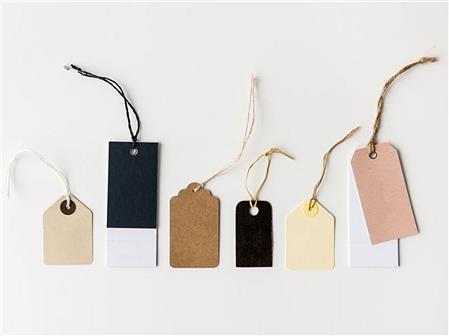- Home
- /
- Services
Carton label

Carton label
Carton label; It is a type of label that contributes to the promotion of the product, is used in many different styles and shapes, especially in textile accessories, reveals the elegance on the product, is of great importance in promoting the product, and provides a striking image at first glance with its stylish designs. It can be produced in any style and shape, thanks to different knives. Depending on the visual taste, many different processes such as lacquer, cellophane, gilding and embossing can be applied on the cardboard label. All these applications add appeal to the product by increasing the visual richness of the cardboard label. Of course, it should not be forgotten that the purpose is advertising, and therefore the cardboard label must first look decorative. The cardboard label is also delivered optionally assembled. Cardboard label, which is the most important advertising element that appeals to the eye, is used in every sector where the product is displayed. Research has shown that the cardboard label has a huge impact on the user. Two out of three consumers stated that a quality and stylish cardboard label has a positive effect on their purchase. Cardboard labels, which can be produced using different types of paper, have an almost endless variety with different applications made on them. Due to this diversity, cardboard label manufacturing, which requires full expertise and knowledge, turns into art only in the hands of professionals. It is very important that the cardboard label gives an elegant image on the product. For this reason, the cardboard label must be compatible with the product. It should be noted that the purpose is advertising, and therefore the label must first look decorative.
Brief Information about Manufacturing Stages and Cardboard Labels:
Design is the first and perhaps the most important stage of a cardboard label. We can simply list the next stages as printing, gilding, lacquering, cutting, sorting and packaging. The care and sensitivity shown in this manufacturing process, every stage of which requires meticulousness, is reflected in the quality of the product.
It is a very special application used in embossed cardboard labels. It gives a different atmosphere to the label by embossing the text or shape that is desired to be emphasized. There are two different production techniques, pedal and boiler. While the pedal machine based on the manual working system gives a more detailed result, the machine with the boiler working with the automatic system is -naturally- faster.
Grain (embossing) changes the surface properties of paper and board and improves their printable properties; adds additional value to your editions. Different patterns can be embossed on all kinds of paper and cardboard before or after printing. It can be printed on paper and cardboard that has been embossed before printing without any problems. There is no deterioration or loss of value in the pre-made embossing. Lacquering and cellophane processes can also be performed on embossed and printed paper and cardboard. The point to be considered in the cellophane process is to leave the cellophane to dry well before grain. If the cellophane is not dry enough, the grain may air and swell. Jobs where grain application can be used; wall calendars, desk calendars, book covers, hardcover side papers, luxury envelopes and invitations, wrapping papers, cardboard bags and boxes, fancy writing and note papers. In the embossing system, it is possible to emboss materials in various weights from 60 gr/m² paper to 800 gr/m² cardboard or cardboard. The maximum embossing width is 110 cm and there is no limitation for the height.
- The same weight of American Bristol is thicker and fuller than coated paper.
- American Bristol paper does not hold double-sided cellophane.
- It would be more appropriate to use coated paper for the works that will be made of double-sided cellophane.
Join Our Newsletter
Be informed about innovations about us
